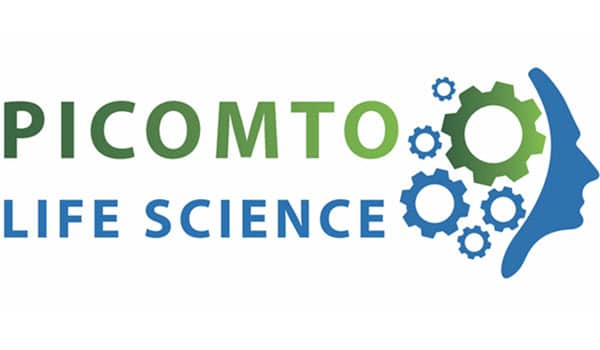On-the-Job Training (OJT) is an essential requirement for developing a highly qualified workforce and is the key to quality in manufacturing.
However, in many cases, OJT results in highly variable outcomes, with consequences and risks for both quality and regulatory compliance.

Reasons for high variability include:
- Ability of the Subject Matter Expert (SME) to train people
- Willingness of the SME to train people
- Poorly defined structure for training
- Poorly defined or lack of content for training
Regulatory compliance risks include:
- Paper-based training records (loss of same or incomplete records)
- Manual use of tools like spreadsheets to track training status
- Manual updating of Learning Management Systems (LMS)
Apart from OJT, training on processes is also required. However, in many cases, there is a gap between “read and understand” (R&U) training on SOPs and OJT training. This can result in personnel undertaking OJT where they may not have completed the required R&U training. In many cases, the links between the LMS, the Document Management System (DMS) and OJT are manually maintained and can involve significant errors. This can result in serious quality and regulatory compliance risks.
Also, Managers usually have very poor visibility on the current training status of their teams.
This can result in regulatory compliance risks, as well as possibly investing training effort in less effective processes (perhaps where sufficient people are already trained versus areas where possibly only one person is adequately trained).
So:
- How do we link all of the elements of training (and the various systems) into a cohesive competency management system, eliminating or mitigating the above risks?
- How do we take the manual updating and paper-based elements out of our critical training processes?
- How do we give Managers clear, real-time visibility of the training status of their teams?
The answer is eOJT.
The Picomto Competency and Training Module, part of the Picomto Digital Work Instruction (DWI) is an eOJT solution that addresses all of these issues in a GMP compliant way and helps to deliver a quality training process with optimal managerial oversight.

With Picomto, Life Sciences Companies are able to:
- Define the abilities needed for each role
- Map the process for each trainee to progress to the status of competent
- Manage the R&U element of training in a way that integrates it with the relevant OJT
- Provide structure for OJT practices
- Gain real-time oversight of the status of teams and individuals in terms of their training status, including qualification or stage of progression towards qualification
- Manage prerequisites such as permits, licenses, medical approvals,etc
- Link their LMS and DMS directly into a synchronized training system
- Eliminate manual updating of systems
- Eliminate paper-based training documents
All Life Science companies do not manage competencies or OJT in the same way. The Picomto Competency and Training Management module is designed to be versatile enough to be able to be deployed effectively, regardless of your particular current practices. As a first step, we recommend our proven Training Systems Analysis service, which will deliver to you an “as is”map of your current practices and systems, as well identifying with you the key current risks. Then, we will design for you a proposal to show how an implementation of Picomto eOJT can eliminate or substantially mitigate those risks. The opportunities to drive greater quality and regulatory compliance will be clear at that stage.

For further information, please contact:
Padraig Culbert
CEO From Picomto Life Science



Leave A Comment